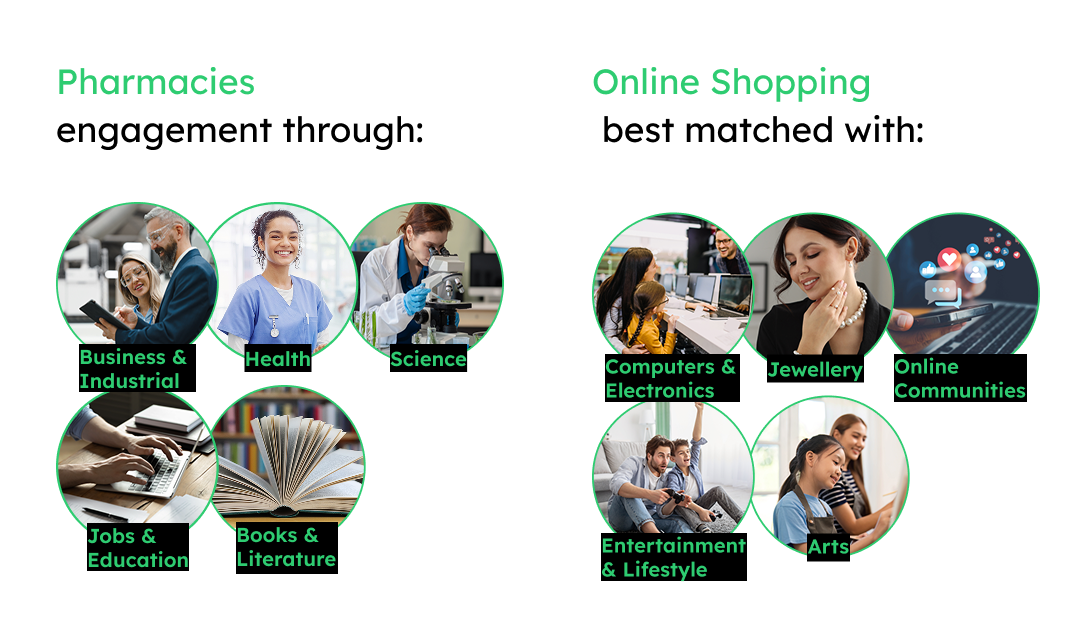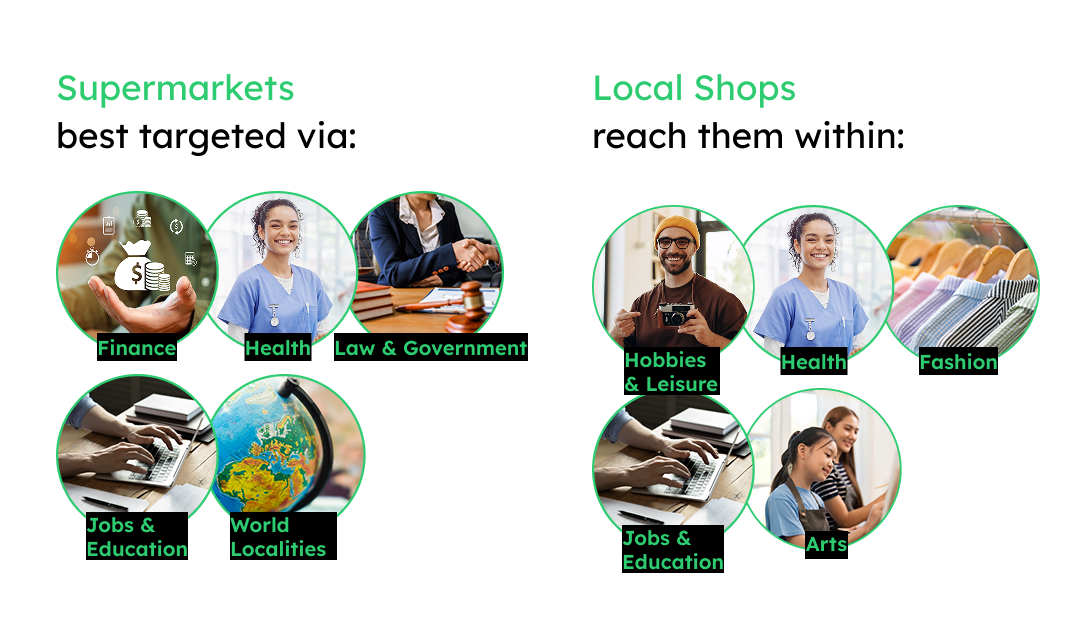
To uncover what drives consumer choices, Adlook ran a nationwide digital survey exploring key retail decision factors among Brazilians. The sample ensured balanced representation across all five major regions.
Thus, the study offers a comprehensive, nationwide view of consumer behavior and preferences. Some patterns make perfect sense - like: “Supermarket shoppers are 40% more likely to care about low prices and discounts when choosing Personal Care products”. But others are far more surprising… Older consumers are trading discounts for quality. Women are less sensitive to recommendations. News readers don’t care about the logo…
And these aren’t just surface-level trends - they’re statistically significant behavioral signals marketers can act on.
We have decoded what truly drives - and deters - the personal care (daily use) consumers in Brazil.
Our research focused on four core motivational drivers that shape how consumers choose personal care products - price, ingredients & quality, recommendations, and brand familiarity.
Additionally we’ve checked what are the prefered purchase channels for them: supermarkets, local stores, pharmacies or maybe they buy online?
Combined with demographic data and contextual signals, this forms a practical framework to build real consumer relevance at scale.
If you are interested in methodology, you can find it at the end of the article.
To better understand how different motivations shape consumer behavior, we identified four core audience archetypes derived from the dataset.
What you’ll see here are actionable audience types that we can create with our proprietary technology. Each group represents a unique combination of motivational drivers, purchase channels preferences, content consuming behaviours and demo data. These segments are based on observable statistical patterns - but they’re also just the visible layer.
Beneath this surface, Smart Audiences integrates many more signals using Deep Learning models, continuously refining targeting precision far beyond what traditional segmentation allows. What follows is a view into the human side of personal care decisions - and a launchpad for activating relevance at scale.
Primary Motivation: “I choose the cheapest option or wait for discounts”
Main Shopping Channel: Supermarkets
These shoppers are all about getting the most for less - and the data backs it up.
This persona thrives on urgency and savings. Think bold offers, time-limited deals, and clear value messaging - especially in mass retail or high-traffic digital spaces.
Primary Motivation: “I prefer natural or eco-friendly products”
Main Shopping Channel: Channel-agnostic, with a slight lean toward pharmacies.
These consumers prioritize ingredients, transparency, and trust over convenience or brand names.
Primary Motivation: “I choose products specialists, friends or family suggest.”
Main shopping channel: Mainly Online.
This segment lives in the world of reviews, referrals, and reputation.
To reach them effectively, lean into social proof, testimonials, expert quotes, and peer stories. Avoid overly informational or self-promotional tones - let trusted voices speak for your brand.
Primary Motivation: “I stick to brands I know and trust”
Main Shopping Channels: Pharmacies and Online
This audience is anchored in trust, credibility and brand heritage.
To connect with Brand Loyalists, emphasize proven performance, legacy messaging, and institutional trust. Think consistency over novelty, reliability over flash. Avoid casual tones or hype - this segment responds to brands that show they've stood the test of time.
Context isn’t just where users are - it’s how they think while they’re there. Smart targeting must align not only with who the person is, but what mindset they’re in when the message arrives.
If you want to reach people that buy through below channels, here you can find the breakdown by contexts.


What you’ve seen in this article is only a surface layer of the behavioral model. Behind these insights is our proprietary Smart Audiences system, powered by Deep Learning that combines thousands of signals - media behavior, placements, search signals, tone of the content, and more.
It predicts and activates the best message-market fit in real time.
For each we are ready to activate.
Want to reach smarter? Let’s talk.
Sample: Respondents from all five major regions of Brazil: North, Northeast, Center-West, Southeast, and South.
Demographics: Gender and age groups (18–24, 25–34, 35–44, 45–54, 55–64, 65+).
Key Questions:
Q1: What matters most when buying personal care products (e.g., shampoo, shower gel, deodorant)? (select one answer)
a) Low price & Discounts - I choose the cheapest option or wait for discounts.
b) Ingredients & Quality – I prefer for example natural or eco-friendly products.
c) Familiar brands – I stick to brands I know and trust.
d) Recommendations - I choose products specialists, friends, or family suggest.
Q2: Where do you most often buy personal care products? (select one answer)
a) Pharmacy or drugstore – I prefer buying from a pharmacy.
b) Local stores - I shop at neighborhood stores
c) Supermarkets & hypermarkets – I grab them while doing other shoppings
d) Online – I buy from online stores.
To understand the key drivers behind consumer choice in a commerce-oriented brand study, we conducted an online survey using run-of-network targeting across digital media. The setup was designed to ensure balanced representation from all five major regions of Brazil - North, Northeast, Center-West, Southeast, and South - providing a comprehensive view of the national consumer base. The analysis focused on identifying the most influential factors determining consumer behavior by applying one-vs-all logistic regressions using the variable "Main Purchase Decision Factor" as the target. This variable captures the primary reason respondents chose a product, encompassing options such as brand familiarity, ingredient quality, low price/promotions, and recommendations.
The dataset contains 2,648 fully completed responses — only participants who answered all four survey questions were included in the analysis to ensure data quality. The dataset comprises both categorical features (e.g., gender, age, region, purchase location) and binary indicators representing exposure to various contextual domains such as “World Localities,” “Automotive,” “Sports,” and others. After excluding records with missing target responses, a one-hot encoding scheme was applied to all categorical variables, and context exposures were treated as binary features. Each unique target class was analyzed against all others using a separate logistic regression, yielding interpretable coefficients, odds ratios, and significance values. This allowed us to identify the variables most predictive of each decision factor while controlling for others.

The last few days and weeks have brought a flurry of developments with potentially big implications for our digital lives.

Why traditional targeting fails—and how AI-powered content intelligence delivers real engagement without cookies.

CTV CPMs are falling—Adlook reveals why signal gaps are to blame, and what the industry must fix to unlock real value.